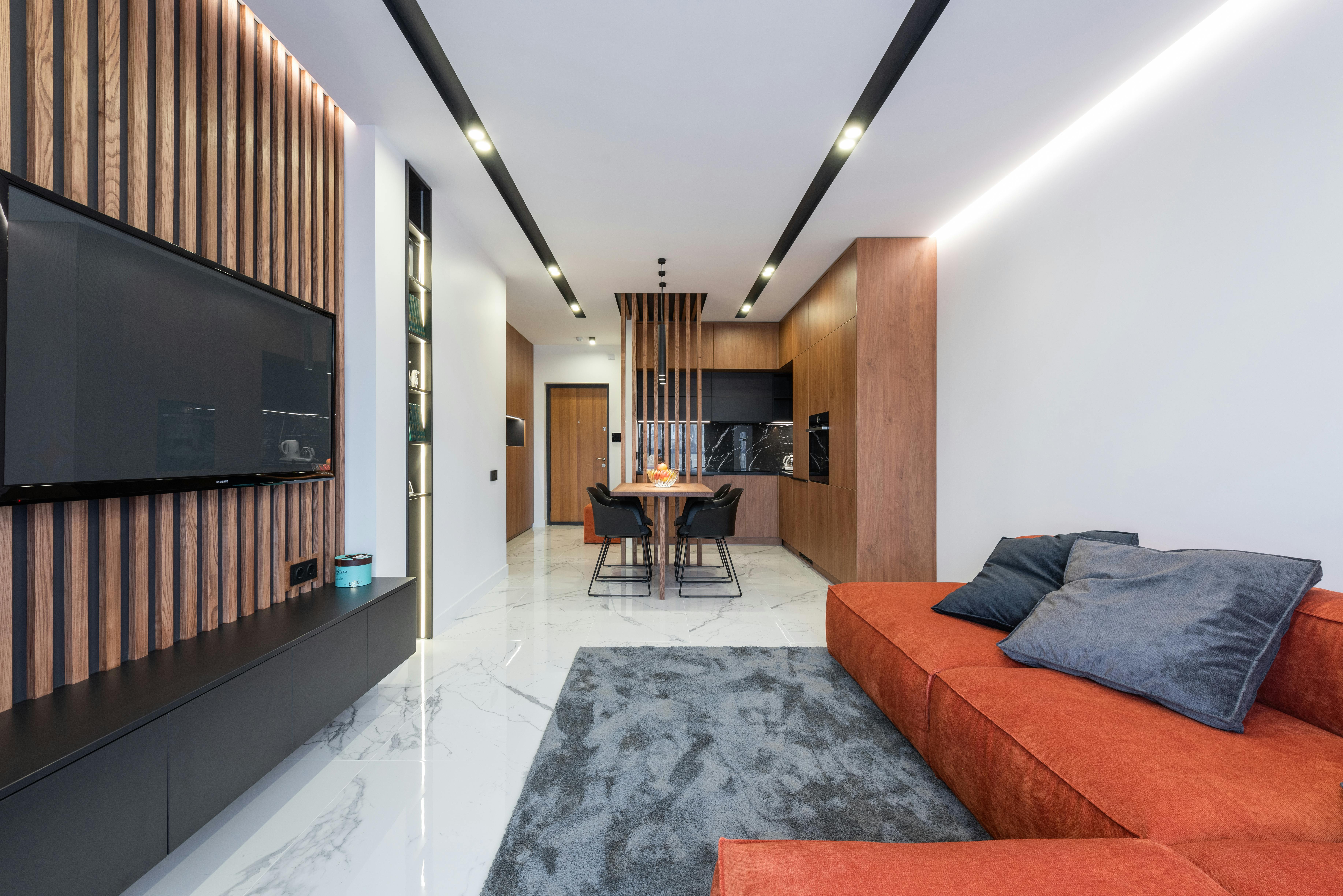If you’re like me, you just want a place to play your music, jam with your band, mix, etc. without your neighbors calling the police. The solution is to soundproof your studio or room so that when you’re playing music, the sound is minimal to people outside the room. Soundproofing a room will also allow less sound to enter INTO the room, but more importantly, it will allow less sound to leave the room. Now, I didn’t know much about buildings and carpentry before starting this project, but doing the project allowed me to learn a lot more, and I want to pass on that knowledge to help you avoid the many mistakes I’ve made. I am a musician. Ask me anything about music and I can tell you… carpentry or construction, not so much, but I knew I wanted a soundproof studio so I wouldn’t disturb my neighbors while they were mixing or having a session. Researching the web, I found tons of advanced building procedures for professional builders, but not much for the hobbyist builder, so I decided to write a basic guide for those of us with minimal building skills.
Note: Before I started this project, I didn’t even know that drywall is the same thing as sheetrock! Let me teach you how to avoid the obstacles that I had to overcome… Even if you have never touched a hammer in your life, after reading this tutorial, you will be able to build a basic soundproof room so that you can play to the bottom of your heart. glad.
Ok, let’s start… We are going to soundproof a studio that has 1 room with an iso booth (an iso booth is a room built with soundproofing to record vocalists, guitarists, etc.) We also built this room, and I will expand on it in another article. The walls have plywood facing out and that’s it. The roof is attic with sloping ceilings, which we will cover in its entirety. Our goal is to soundproof the room so that sound does not enter the room or escape from the room.
ME. Instruments
You will need the following tools:
1) T-square (This is a construction tool that looks like a silver T-square. It is used to cut straight drywall.) Highly recommended as I didn’t have one at the beginning of my project, and it was a problem.
2) Box Razor (Normally used to open boxes, also called “Box Cutter)
3) Drywall (you need to measure enough to cover all 4 walls and ceilings)
4) Putty (Any type will do…there are special types, but any type will do, depending on your budget)
5) electric screwdriver
6) Drywall Screws (Lots!)
7) Carpet
8) Insulation (There are many types, but for simplicity, we will use “The Pink Stuff”
9) Staple Gun
10) Safety Gloves
11) Glasses
II. Steps
What we’re going to do is basically create a wall with our drywall, then cover the drywall with carpet, and then treat the wall. Now, your room may be different from mine, but the concept is the same. I was lucky enough to have plywood on the outside of my room, so all we had to do was insulate between the 2x4s and cover with drywall, then cover the drywall with carpet.
has. isolation – The first step was to insulate between the 2x4s with normal insulation (you know, the pink one). You’ll want to insulate the entire room, which could be a bit expensive, depending on the size of the room. I went to Home Depot and bought my insulation. It’s about $11 a roll and I bought 10 rolls. The insulation is very easy to work with. Be sure to wear gloves and goggles, as the insulation particles fly everywhere and some people are allergic if it touches their skin. Measure the piece you need and then cut the insulation with a very sharp knife…watch your fingers! To make sure the insulation stays on the wall, I used a staple gun to staple it to the plywood, facing out.
b. dry wall – I was a bit intimidated by drywall before starting this project, but no more! Drywall is very easy to work with once you get the hang of it, and is quite inexpensive at $8.00 per sheet. Make sure you get the thickest you can find… I used the 5/8 instead of the 1/2 because it is thicker.
First, measure the size you will need. To save time, try to lay down as many full sheets as possible, then start measuring and cutting the drywall.
A brief note on cutting with a razor blade: Be sure to keep your hands out of the way when cutting. I was surprised that I didn’t cut my finger because I always made sure I knew where my fingers were in relation to the blade. To be sure, always wear safety gloves before cutting.
Now to the fun part – Cutting… Once you have your measurements, lay your sheetrock on the floor, white side up, making sure it is level. Start with the length and, using your t-square to cut a straight line, draw a straight line with a pencil across the drywall. Then start cutting with your knife along the line you just drew. Now, you’re only trying to cut 1/3 of the way with a straight line. Once you’ve cut 1/3 of the way through, lift the drywall up and it should bend back to the brown side. once folded, simply cut off the brown side to make a full cut. Then take the piece you just cut and screw it to the plywood, making sure to use plenty of screws. A friend helped me, especially with the roof. We covered each wall and ceiling before adding the carpet.
against Rug – The rug is very easy to work with and helps keep sound inside the room and prevent it from entering the room. How? Well, not to get too scientific, sound is considered a “wave”. Your goal is to dilute this “wave” as much as possible by providing resistance to the “wave” as it travels through each wall. Now with carpet, like with drywall, make sure it’s thick…the thicker the better. I used a staple gun to staple the carpet to the drywall before treating the walls.
d. Treatment – Again, without getting too technical… treating a wall is different from a sound barrier in the sense that you treat a wall to make the “wave” sound better. There are many ways to treat a wall… There are absorbers and diffusers that you can buy. It really depends on your room. We won’t go into treating a wall in depth in this article, as there are so many variables. For our room, we simply added bass diffusers in each corner to reduce bass and low frequencies, as this is the most common problem area. We also added absorbers and diffusers to the main mix wall as well as the main listening wall.
That is all!!! Put on some music and make sure no one can hear! Increase the volume until it is a good volume for both you and your neighbors. I sure noticed a big difference once I finished this project. Decreased the sound volume about 35%.
If you want to add an additional sound barrier, after adding the first layer of drywall, add caulk (any type of caulk will do) and then cover with another layer of drywall and then cover both layers of drywall with the rug. This increases the sound barrier up to 29% more. However, I was over budget and could only afford one cape; however, I have noticed a significant difference and am now able to perform sessions at a good volume.
third conclusion: There are many reasons why you would want to soundproof a room. Many of us are musicians, or just music lovers and not builders, so I thought I’d try to help those of us who are struggling with this problem. Hopefully this helps you on your music journey or whatever journey you find yourself on to enjoy a soundproof room.



